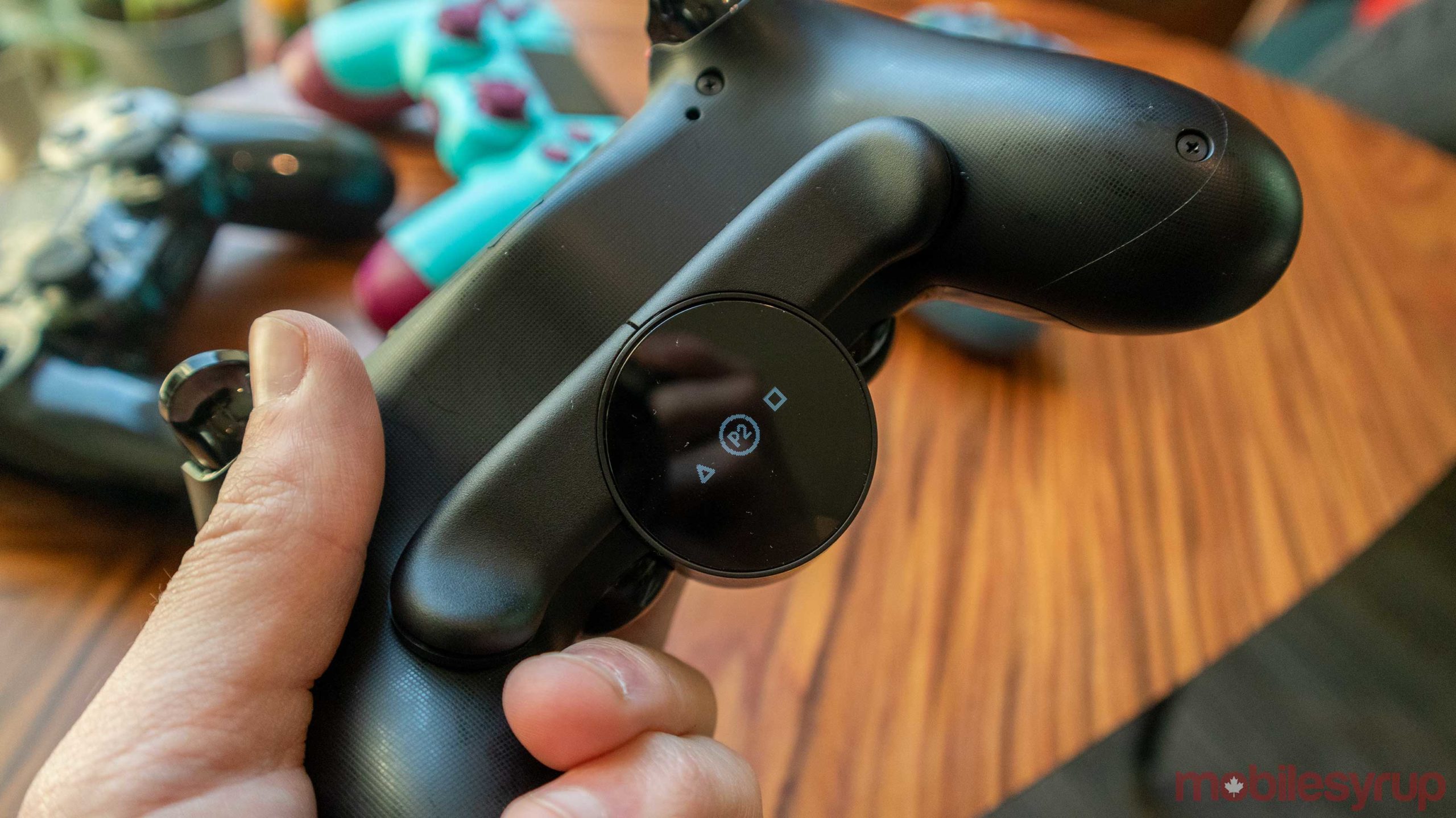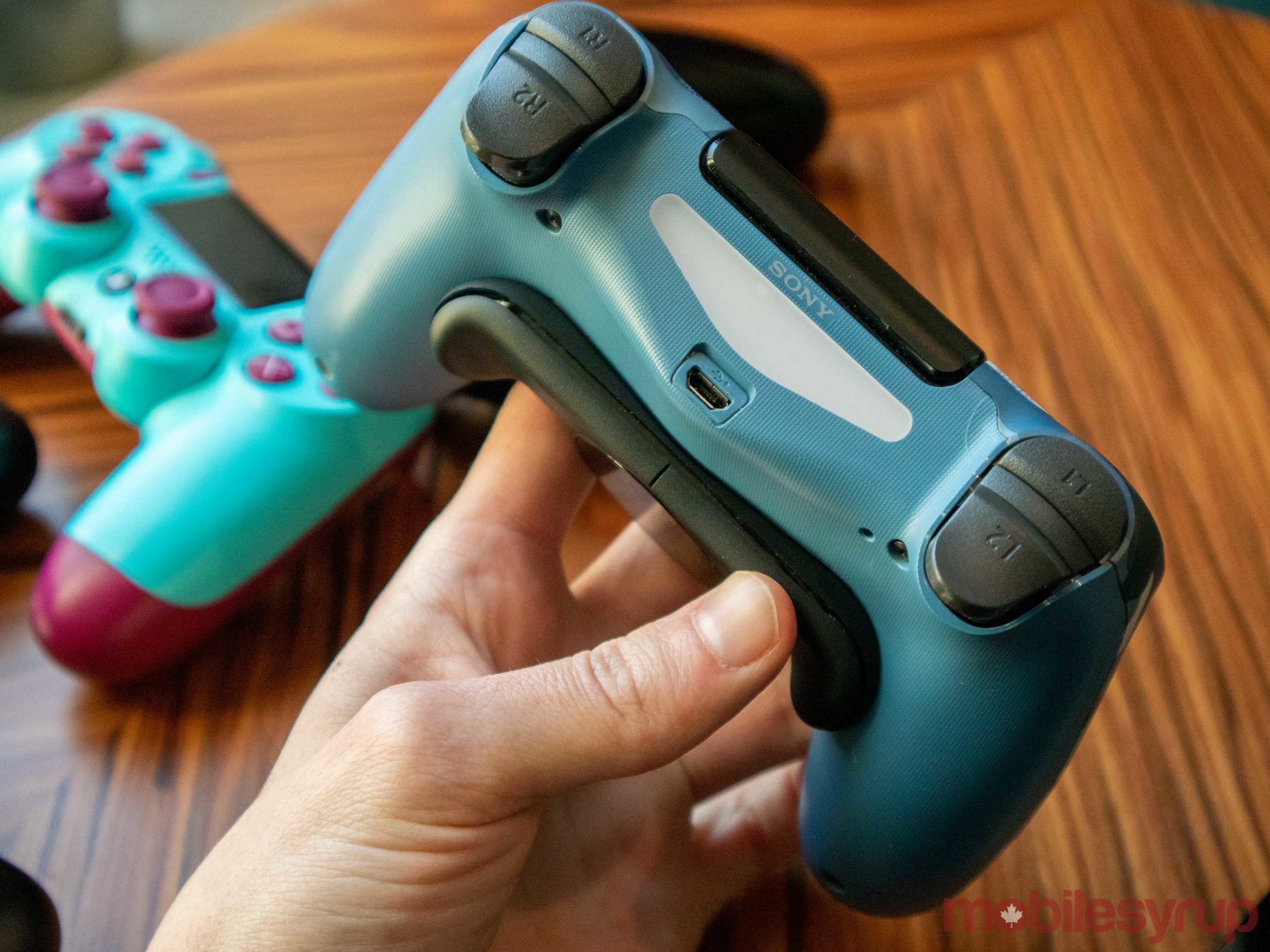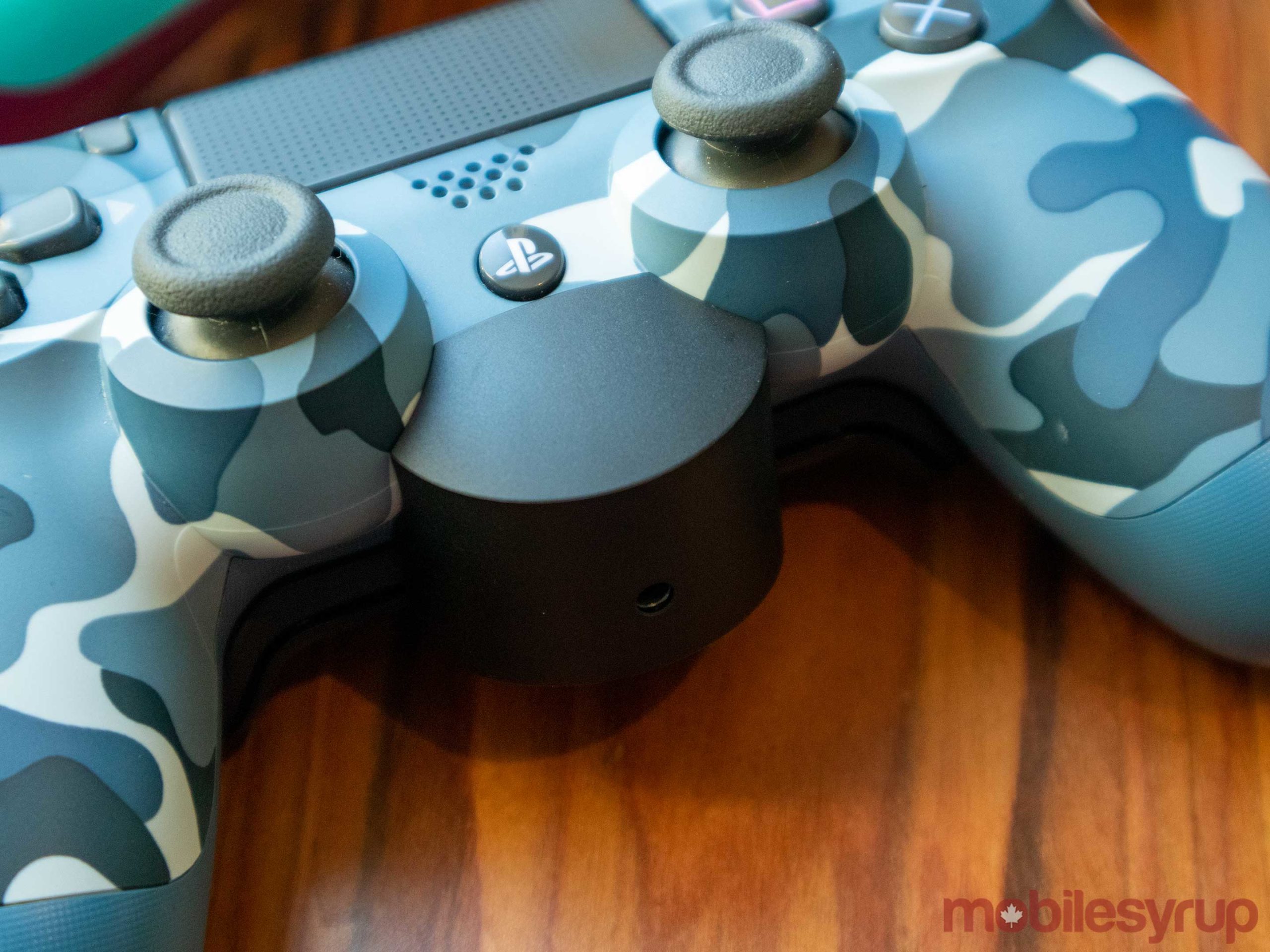
The design of the DualShock controller has remained consistent since the launch of the original PlayStation more than 25 years ago.
There have been changes, to be sure, such as the DualShock 4’s touchpad and light bar. By and large, though, the controller’s inherent form and layout are tried-and-true staples that Sony has left intact — until now, anyway.
At the end of 2019, Sony made the surprise announcement that a ‘DualShock 4 Back Button Attachment’ would release in January. As the name suggests, the accessory affixes to your PlayStation 4’s controller and allows you map different buttons to its two additional triggers.
This was notable for several reasons. For one, this was simply some news to come out of PlayStation in general, as the company has mostly been quietly preparing to launch its next-gen console, the PlayStation 5, this holiday. Moreover, this marks a pretty significant revision for a controller that has historically adhered to the same button configuration and layout for a quarter of a century.
Now that it’s out, though, I’m happy to report that the Back Button makes for an excellent addition to the already-great DualShock 4.

From the get-go, the Back Button is delightfully easy-to-use, as it simply plugs into the headphone jack of your controller. Thankfully, that’s the only setup required — no installation or software update necessary. Further, the accessory itself is shaped in such a way that it rests smoothly around the contours of the DualShock 4.
Therefore, it’s a natural extension of the gamepad itself and feels incredibly comfortable to use. Meanwhile, you can still plug in a wired headset thanks to the jack at the bottom of the Back Button.
What’s brilliant about the Back Button is that it gives you the option to configure each trigger to one of 16 DualShock 4 buttons, including Square, Triangle, Circle, Cross, the four D-Pad directions and touch pad. To do this, you simply press and hold the circular OLED screen and then set each trigger’s desired button assignment. You can even choose to have one (or both) of the triggers mapped to no button at all.
Naturally, the most logical use case for this is competitive shooters like Call of Duty. Being able to map the jump button to a rear trigger means you don’t need to take your thumb off the right analogue stick. This means you can run, jump and aim in a much more fluid and natural-feeling manner.
That said, you have complete freedom over how to use the Back Button from one game to the next. For me, I found it especially useful in RPGs like Final Fantasy XIV: A Realm Reborn or The Witcher 3: Wild Hunt, as I could map one of the D-pad commands — which are normally assigned to use an item — to a trigger.
Personally, I found it very convenient to be able to use my ring finger to touch the Back Button’s rear trigger to use a healing potion in The Witcher 3, rather than move my index finger to press up at the same time that my thumb was moving the analogue stick. When you’re in a heated monster fight, it helps to have streamlined controls.
Of course, any game that’s heavy on sudden button prompts — adventure games like Telltale’s Batman or Detroit: Become Human immediately come to mind — will also benefit from the added triggers. This extends to games that are heavily focused on parrying, like Bloodborne, where that little bit of extra reaction time can make a world of difference.
I even found that the Back Button can be a relief in games that are heavy on button mashing and can get your fingers feeling tired. I’ve been playing Kingdom Hearts 3‘s new Re Mind DLC, which adds more than a dozen tough-as-nails bosses to the action-RPG. I don’t know about you, but my thumb can get sluggish after pressing Square over and over to dodge and block attacks. With the Back Button, though, I can set Square to a trigger and alleviate the struggle.

Best of all, the Back Button is affordable. At $39.99 CAD, this makes it a far less expensive when compared to its peers, like the Xbox Elite Controller or Scuf’s Elite-like licensed Vantage controller for PS4 and PC. Of course, those offer far more customization options, such as interchangeable buttons, hair trigger locks, app customization and rubberized grip. Consequently, though, the gamepads are priced the $200 range, making them somewhat difficult to recommend, high quality notwithstanding.
$40 for a sampling of that functionality, though? That’s a reasonable pill to swallow. Overall, you can get a lot of mileage out of the Back Button. While some game genres are seemingly more natural fits for the Back Button than others, the beauty of the device is that you can use it in whatever way you find best. More options are always welcome.
To be sure, I still hope that Sony takes controller customization further with something akin to Microsoft’s Xbox Design Lab or proprietary Xbox Elite Controller (rather than a third-party model like Scuf). The PS5 is a logical launching point to do so. For now, though, the Back Button is a rock-solid, low-cost entry point into the world of customizable controllers that’s easy to recommend.
The Back Button Attachment is now available in Canada at major electronics retailers.
MobileSyrup may earn a commission from purchases made via our links, which helps fund the journalism we provide free on our website. These links do not influence our editorial content. Support us here.


